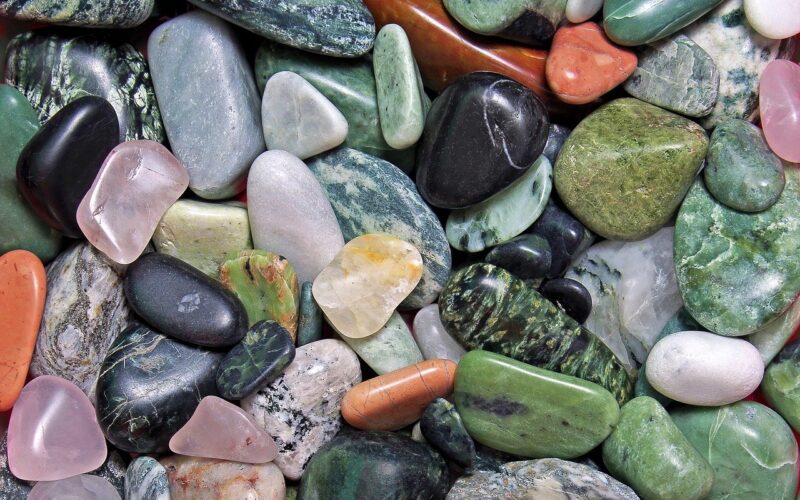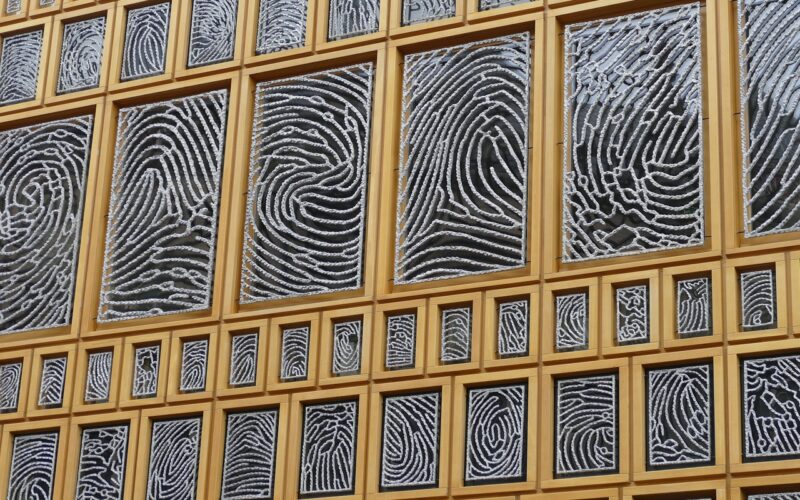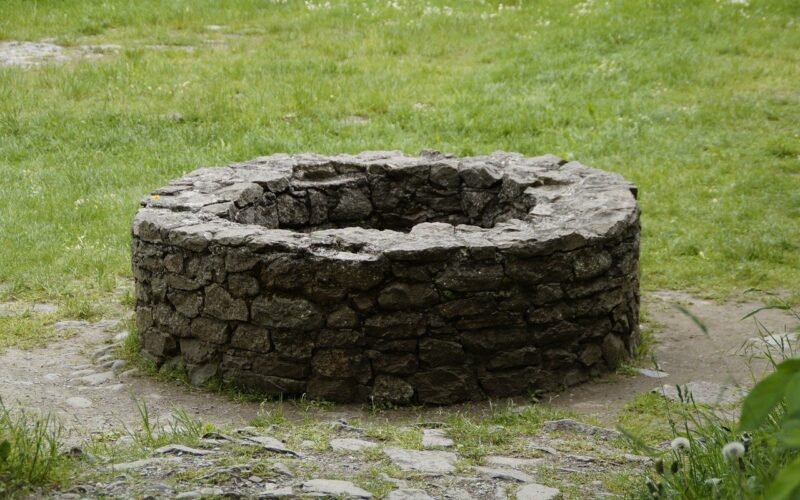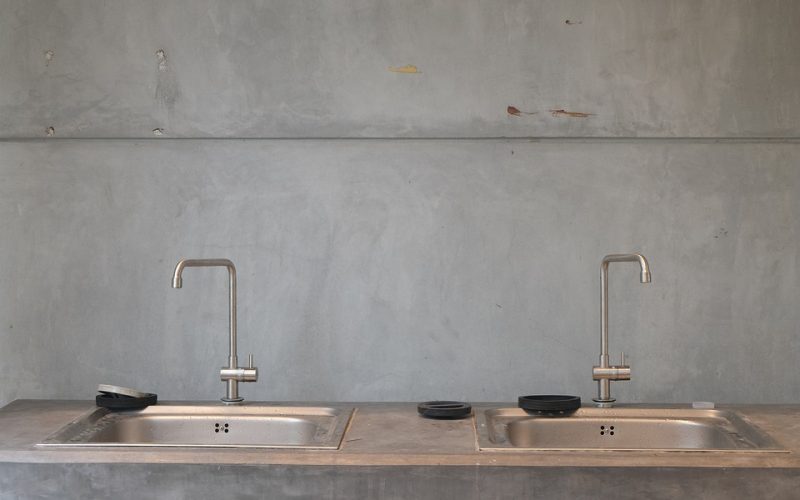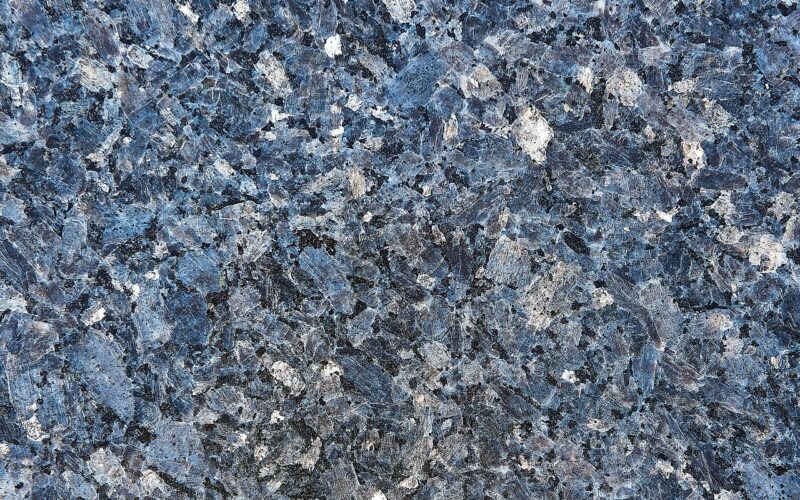Mineral Diversity In Everyday Objects
Minerals have a profound presence in our everyday lives, often in ways we might not immediately recognise. From the ground we walk on to the devices we depend upon, the mineral kingdom quietly permeates our existence.
Common minerals in building materials
The shelter around us is one of the primary benefactors of Earth's mineral resources. Many buildings rely on minerals such as gypsum for drywall, limestone for cement, and gravel and sand for concrete. These minerals are mined, processed, and combined in various ways to create the sturdy structures wherein we dwell, work, and play. Their properties—such as hardness, resistance to heat, and structural integrity—make them indispensable in construction.
Minerals in technology and electronics
Our indispensable gadgets hold a plethora of minerals necessary for their functions. For instance, a smartphone could contain copper and gold for circuitry, quartz in the form of silicon for chips, and even rare minerals like coltan for capacitors. These minerals are the unsung heroes of the digital age, enabling us to compute, communicate, and entertain ourselves with ease.
Minerals in transportation
Moving from point A to point B relies on more than just mechanics—it's a mineral affair. The vehicles transporting us every day, whether cars, bikes, trains, or planes, all make use of a wide array of minerals. Iron ore is essential for steel production, used in chassis and engines; bauxite is refined into aluminium for lightweight parts; and mica adds a glitter to the paint that adorns these machines. Even the rubber tires have mineral additives like zinc oxide to help with vulcanisation.
Minerals in agriculture
Our sustenance is intertwined with minerals not just nutritionally, but also in how it is cultivated. Phosphate rock is processed into phosphoric acid, a key ingredient in fertilisers that bolster crop growth. Potash, another mineral, is used for potassium in fertilisers. Even lime, which rectifies soil acidity, is a form of the mineral calcium carbonate. These minerals are crucial in supporting high-yield, nutritious crop production that feeds the global population.
Minerals in jewellery and décor
The allure of minerals is vividly displayed in jewellery shops and ornate home décor. Precious minerals, such as diamonds, sapphires, and emeralds, are meticulously cut and fashioned into luxurious adornments that capture the eye with their natural brilliance and rarity. Semi-precious stones like amethyst and topaz decorate not only our bodies but also our living spaces, bringing the beauty of geology into our personal expressions and interiors.
Minerals in everyday utilities
Some minerals operate behind the scenes, making them less visible but no less significant. For example, fluorite is used in water fluoridation to improve dental health, while halite—better known as rock salt—is pivotal in water softening systems. These minerals provide additional benefits to our daily routines, optimising our well-being and the functioning of our households.
The diversity of minerals found in everyday objects tells a rich story of Earth's generosity and our ingenious application of its resources. Each mineral holds a unique set of characteristics that we've harnessed to enhance and facilitate modern life. Whether providing the foundation of our homes, powering our technology, facilitating movement, nourishing our crops, adorning our lives with beauty or improving our utilities, minerals are an omnipresent yet often overlooked thread woven into the fabric of our daily existence.
